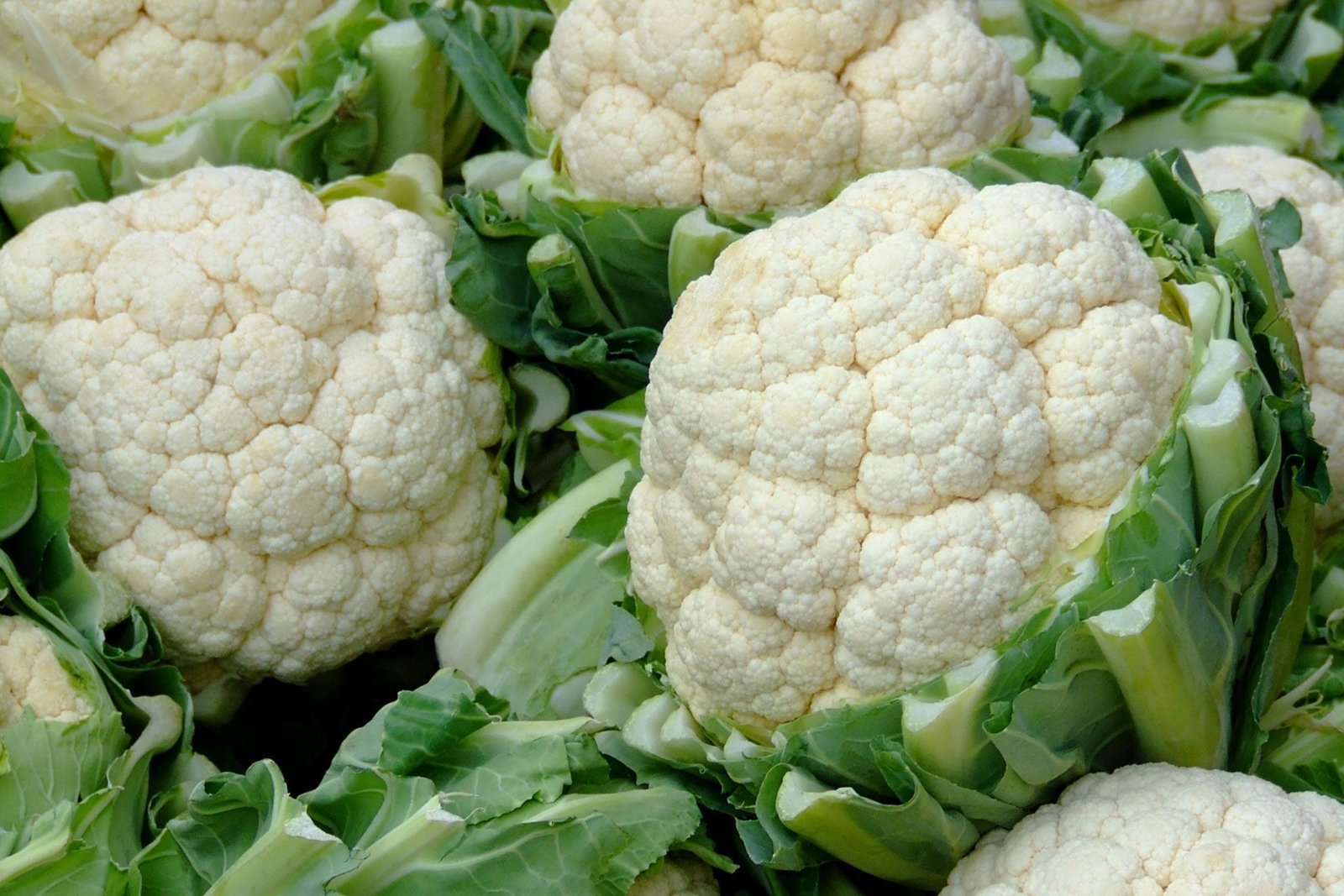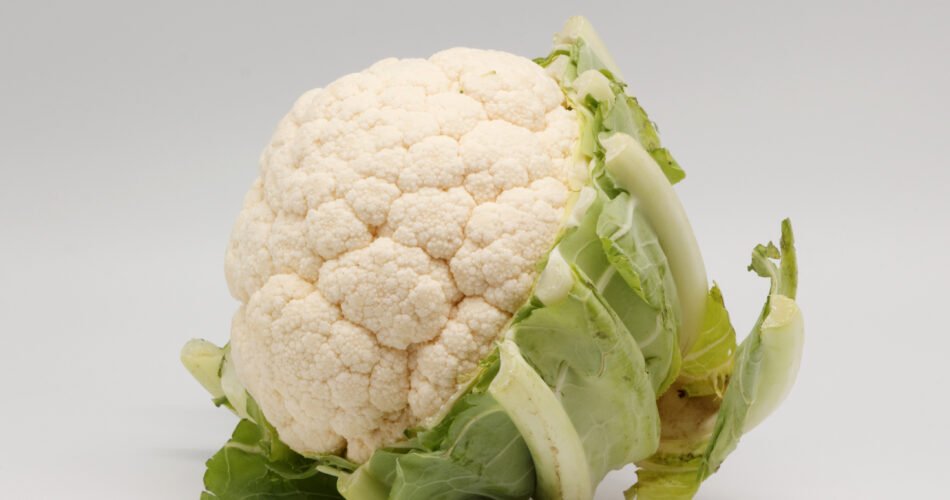What does cauliflower taste like? It’s a question I’ve contemplated while wandering through the aisles of my local grocery store, perplexed by the growing variety of cauliflower-based products I see. This humble vegetable has risen to culinary stardom in recent years, and yet its flavor profile remains somewhat of a mystery to many. My curiosity led me to delve deeper into the true nature of cauliflower’s taste.
What Is Cauliflower?
Cauliflower is a cruciferous vegetable, part of the Brassicaceae family, which also includes broccoli, brussels sprouts, and kale. Its history can be traced back to ancient Asia, but it has been widely cultivated across Europe since the Middle Ages. Cauliflower is typically recognized by its white, textured head, or curd, surrounded by green leaves. Although white cauliflower is the most common, there are other vibrant varieties, such as green, purple, and orange. The main ingredients in a cauliflower dish would, of course, start with the vegetable itself, but its mild nature means it often requires additional flavors from spices, herbs, or sauces to bring out its best.
What Does Cauliflower Taste Like? The Answer
Cauliflower tastes like a subtler, sweeter version of its cousin, broccoli, with nutty and slightly bitter undertones. Its flavor is mild, with a clean, almost creamy texture when cooked properly, which allows it to absorb and complement the flavors it’s paired with. Raw cauliflower has a crisp, slightly peppery taste, which is why it’s often used in salads and as a vehicle for dips.
I have noticed people often wonder what cauliflower tastes like because its appearance doesn’t give much away. The vegetable’s versatility and recent popularity as a low-carb alternative make its flavor profile a topic of interest for foodies and health enthusiasts alike. I find that many are surprised by its subtle taste, expecting something more pronounced, and are charmed by its ability to take on other flavors so well.

Variations in Taste of Cauliflower
There are regional differences in cauliflower recipes and flavors, such as the spicy and aromatic Aloo Gobi found in Indian cuisine compared to the creamy and cheese-laden cauliflower bake popular in the Western world. These cultural differences can change how one perceives the taste of cauliflower. Read more about regional cauliflower dishes here.
The taste of cauliflower can even vary seasonally. I’ve found winter harvests typically yield sweeter curds due to the cold enhancing its natural sugars. This is why seasonality can be included as a keyword regarding the cauliflower’s variations in taste.
Exploring specific varieties of cauliflower has been a gourmet adventure for me. Here’s a list of a few types and their distinct taste profiles:
- White cauliflower: The classic variety with a clean and mild taste.
- Purple cauliflower: Offers a slightly nuttier flavor than white.
- Green cauliflower (also known as broccoflower): Tastes very similar to broccoli, with a slightly sharper bite.
- Orange cauliflower: Sweeter and more tender than white cauliflower, with a slightly buttery flavor.
Nutritional Benefits of Cauliflower & Impact on Taste
Cauliflower’s health benefits are as significant as its culinary versatility. It is loaded with nutrients including vitamins C, K, and B6, fiber, and antioxidants. These elements contribute not only to my wellbeing but also, subtly, to the vegetable’s taste profile. The richness in vitamins and compounds that provide antioxidant effects may be linked to the mild sweetness and the slight bitterness I detect when eating cauliflower. To delve into the cauliflower’s nutritional profile, I find this article quite enlightening.
Moreover, the health aspects of cauliflower might influence perceptions of taste since many individuals associate nutritious foods with a less appealing taste. Yet, in my experience, when prepared creatively, cauliflower becomes a deli

